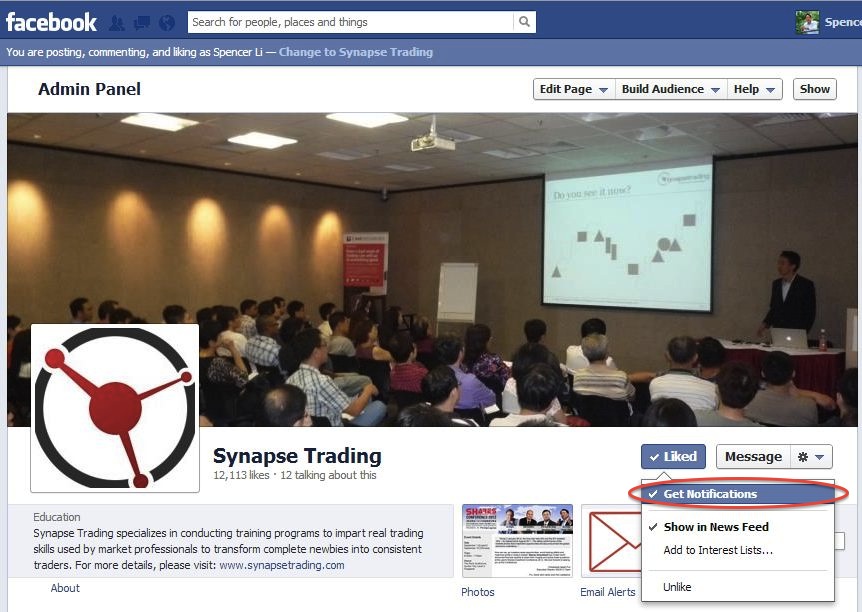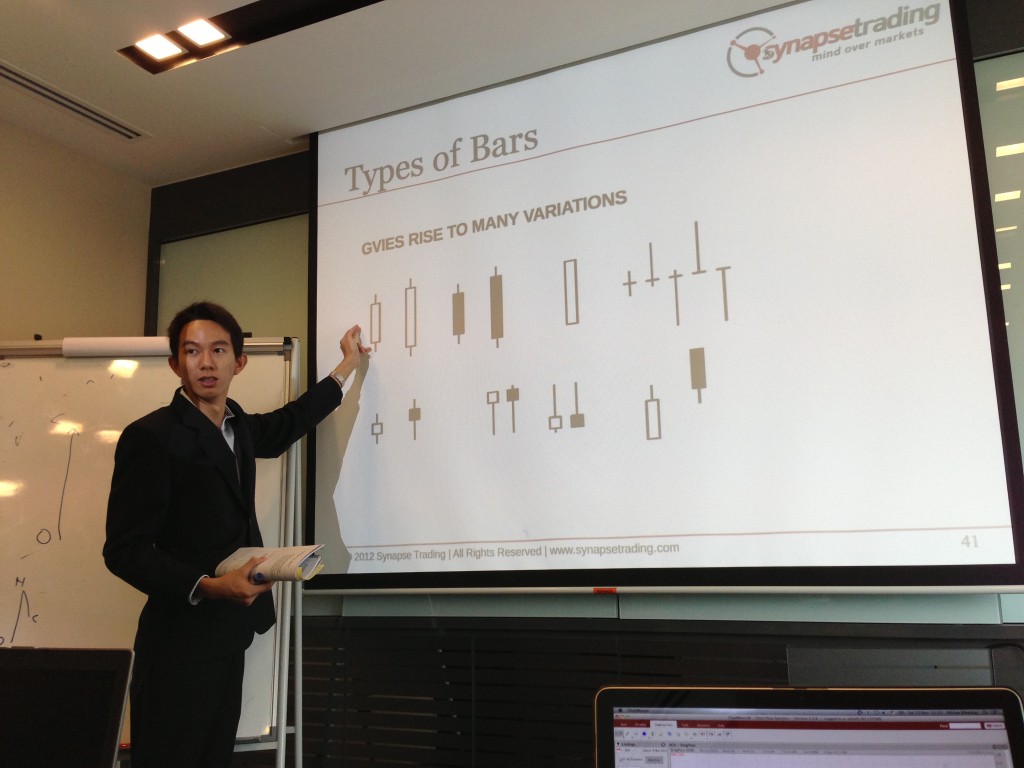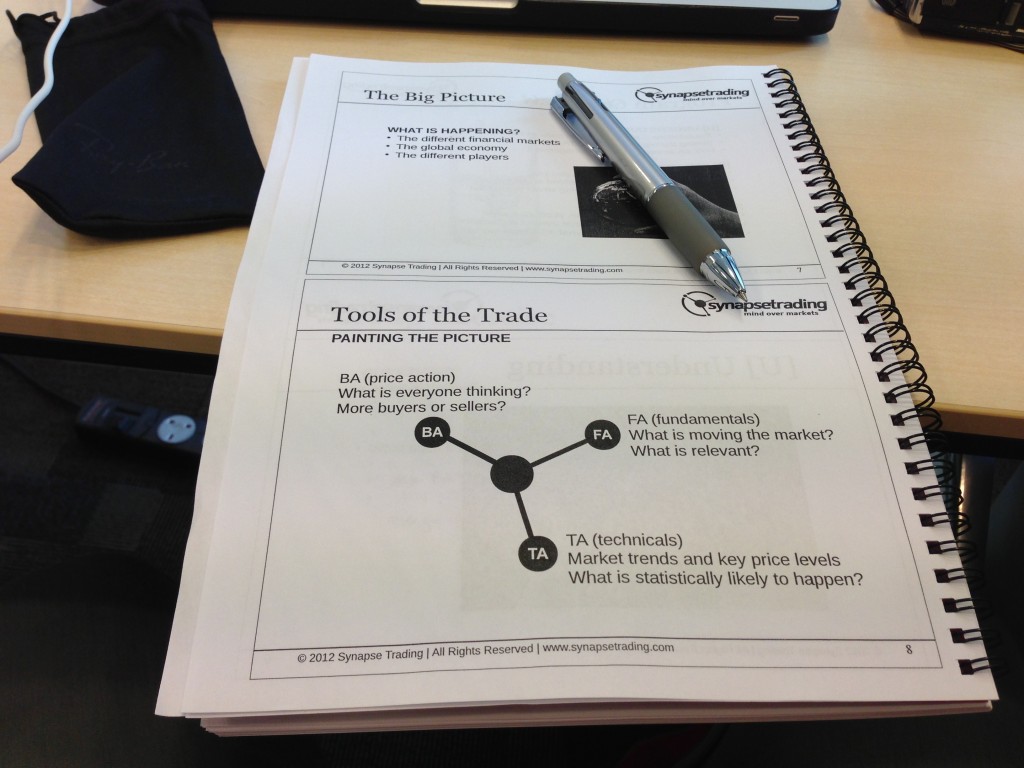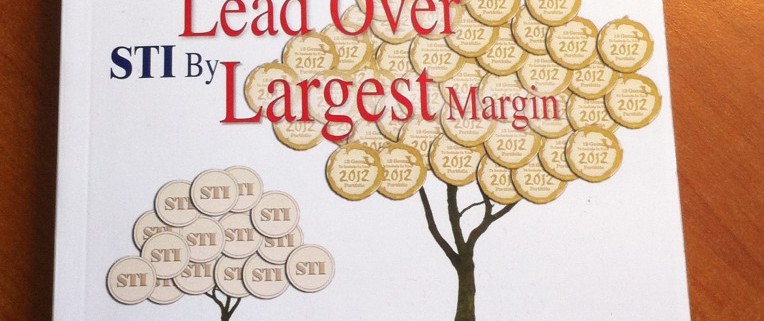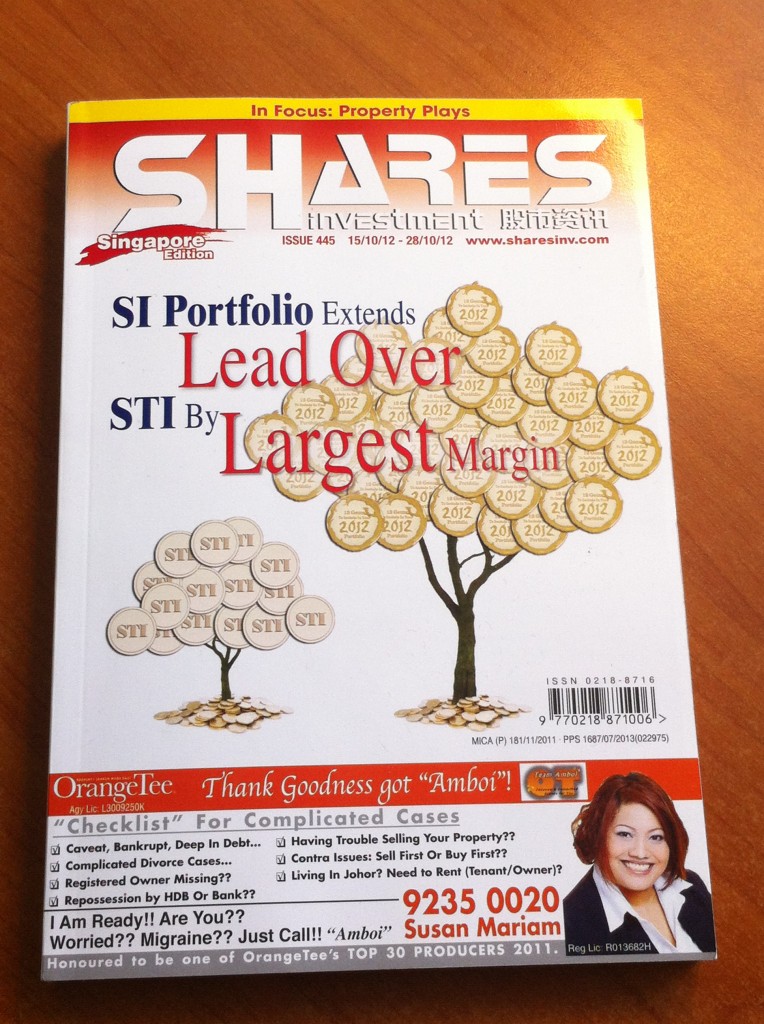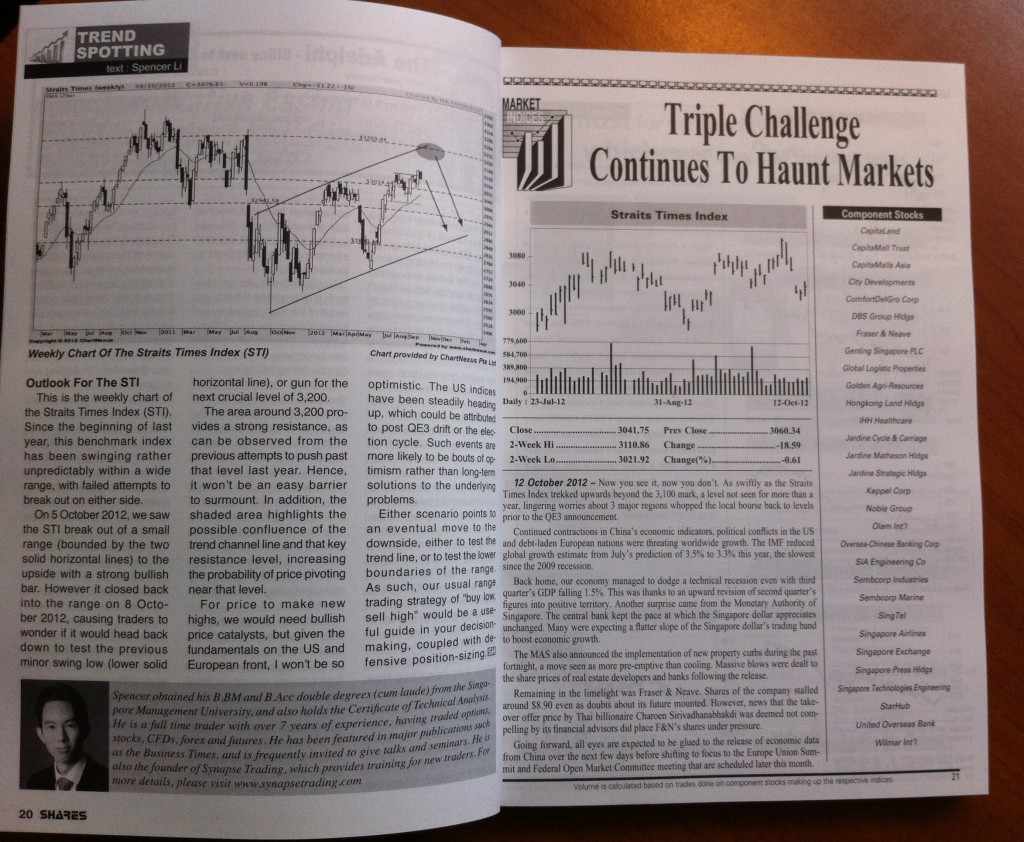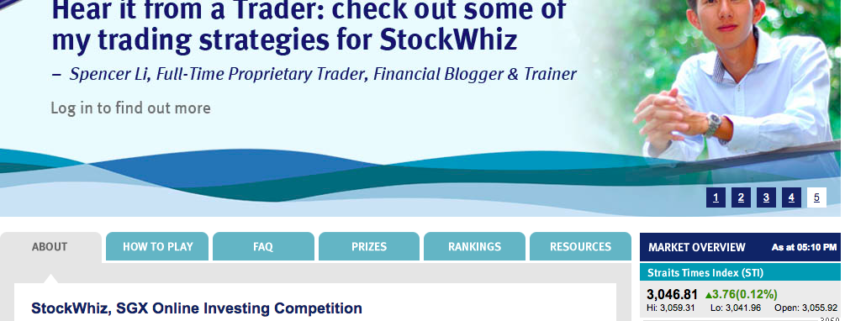We’ve been informed by our fans that Facebook has made some changes to FanPages lately, restricting the visibility of posts made by all FanPages like ours. We are now required to pay for the visibility of posted content, even if you have signed up to see these posts by liking our Page. If a post is not promoted, it will be seen by only around 10-15% of the Page’s followers.
How to Continue Receiving Updates
Here are some easy steps to make sure that you don’t miss out on our updates:
1. Go to our page. www.facebook.com/synapsetrading
2. Hover over the ‘Liked’ button and select ‘Get Notifications’ & ‘Show in News Feed’
3. Add us to the ‘Interests List’ in that same drop down menu
4. ‘LIKE’ this post to make sure that your friends, who may not have seen this, know about it!
We’re so grateful for all your support thus far and we look forward to seeing you at our upcoming events!


